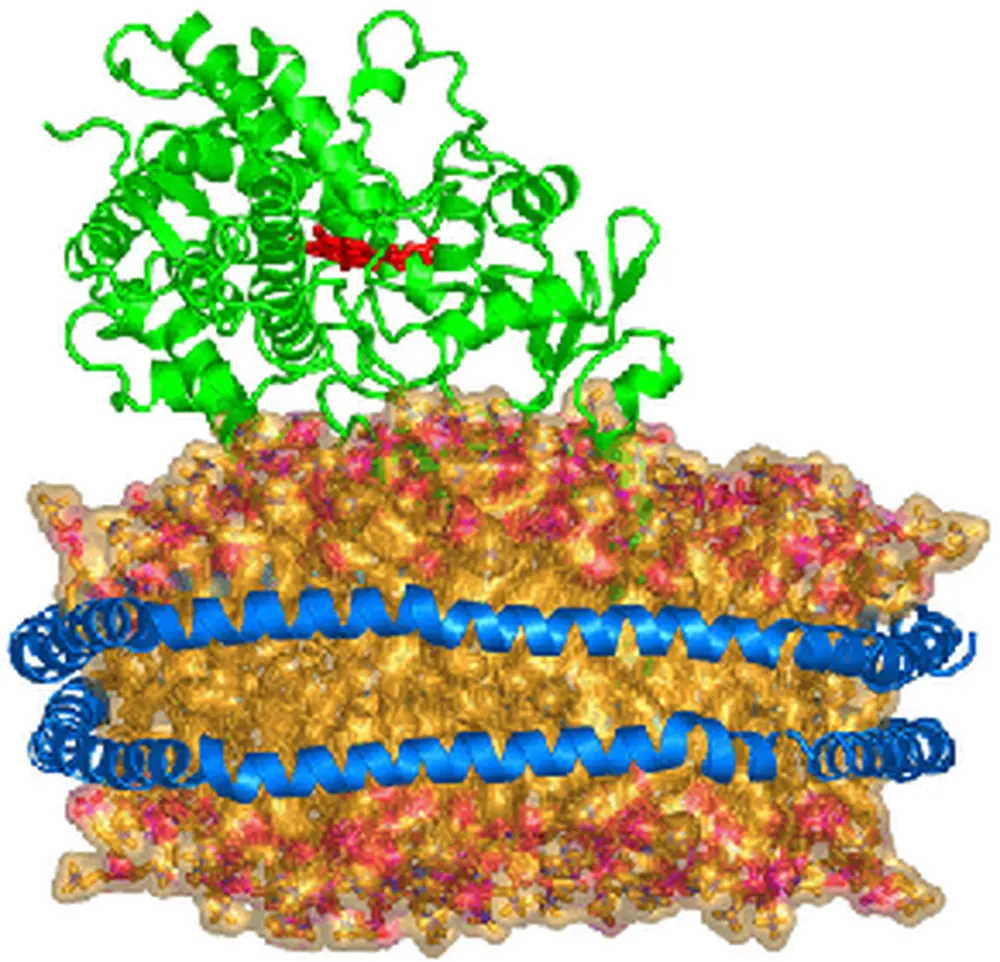January 11, 2016
Image

New findings by Professor Stephen Sligar and colleagues have outlined the structural determinates of a chemical transformation that carries profound implications for the potential design of a mechanism-based inhibitors for the treatment of prostate cancer. The research is published in PNAS.
The human enzyme cytochrome P450 17A1 (CYP17A1) catalyzes the critical step in the biosynthesis of the male sex hormones. It is a key target for the inhibition of testosterone production that is necessary for the progression of certain cancers.CYP17A1 catalyzes two distinct types of chemical transformations. The first is the hydroxylation of the steroid precursors pregnenolone and progesterone. The second is a different reaction involving carbon–carbon (C-C) bond cleavage, the mechanism of which has been actively debated in the literature. Using a combination of chemical and biophysical methods, Sligar and co-workers have been able to trap and characterize the active intermediate in this C-C lyase reaction, an important step in the potential design of mechanism based inhibitors for the treatment of prostate cancers.
The research was conducted with Piotr J. Mak and James R. Kincaid from the Department of Chemistry, Marquette University and Michael C. Gregory, Ilia G. Denisov, and Stephen G. Sligar from the Department of Biochemistry at Illinois. The work was funded by grants from the NIH.